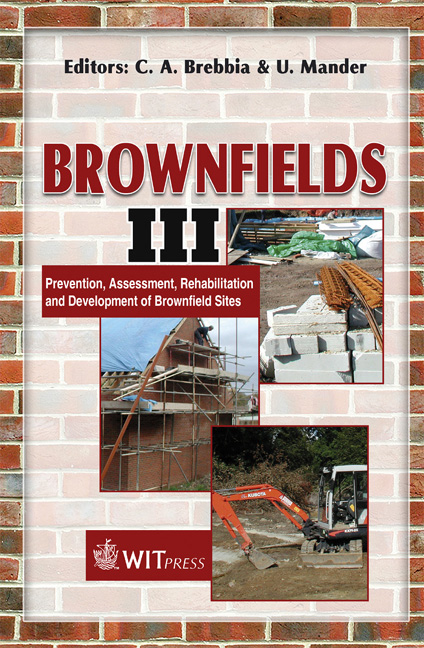From Contaminated Site To Premier Urban Greenspace: Investigating The Success Of Thames Barrier Park, London
Price
Free (open access)
Transaction
Volume
94
Pages
10
Published
2006
Size
440 kb
Paper DOI
10.2495/BF060151
Copyright
WIT Press
Author(s)
J. Villella, G. Sellers, A. J. Moffat & T. R. Hutchings
Abstract
Thames Barrier Park, opened in 2000, is situated on the River Thames adjacent to the Thames flood barrier in the ethnically diverse and economically deprived London borough of Newham (LBN). At nine hectares, it was one of Britain’s most expensive areas of greenspace development costing £12 m to construct on a formerly contaminated wharf. With annual running costs of £700k, it far exceeds the budgets available for the maintenance of similar greenspaces in the area. It was designed by French landscape designers using Parc Citroen in Paris for inspiration. The park’s original aims were: to be an area of multifunctional greenspace amongst new apartment and commercial developments, to improve surrounding house and land prices and promote the area as a pleasant place to live and work, to become a tourist destination and be seen as an integral part of a wider scheme that would draw tourists into the area. The aim of this paper is to assess whether the park was meeting or would meet its objectives. An independent survey of the local community and park users, utilising postal surveys, user questionnaires and focus groups was undertaken. Results suggested that the park had been as successful in attracting local and non-local users. Users of the park did not reflect the make up of the local population, tending to attract slightly wealthier members of the community who were predominantly white, in an area of high ethnicity and low income. This paper identifies future developments that will possibly transform this park’s prospects of meeting its original aims and offers proposals on ways to achieve its wider objectives whilst meeting the needs of the local community and highlights important considerations for future urban greenspace design. Keywords: contamination, brownfield regeneration greenspace urban park, tourism ethnicity, community.
Keywords
contamination, brownfield regeneration greenspace urban park,tourism ethnicity, community.




